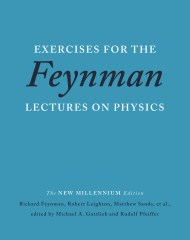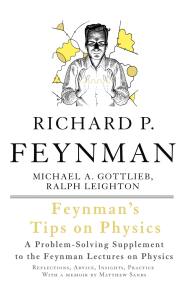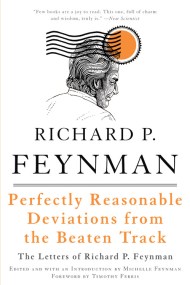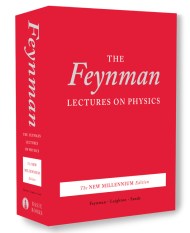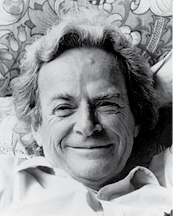Promotion
25% off sitewide. Make sure to order by 11:59am, 12/12 for holiday delivery! Code BEST25 automatically applied at checkout!
By clicking “Accept,” you agree to the use of cookies and similar technologies on your device as set forth in our Cookie Policy and our Privacy Policy. Please note that certain cookies are essential for this website to function properly and do not require user consent to be deployed.
Six Not-So-Easy Pieces
Einstein’s Relativity, Symmetry, and Space-Time
Contributors
By Robert B. Leighton
By Matthew Sands
Formats and Prices
- On Sale
- Mar 22, 2011
- Page Count
- 184 pages
- Publisher
- Basic Books
- ISBN-13
- 9780465025268
Price
$17.99Price
$23.99 CADFormat
Format:
- Trade Paperback $17.99 $23.99 CAD
- ebook $11.99 $15.99 CAD
- Audiobook Download (Unabridged) $18.99
This item is a preorder. Your payment method will be charged immediately, and the product is expected to ship on or around March 22, 2011. This date is subject to change due to shipping delays beyond our control.
Buy from Other Retailers:
Learn about Einstein’s theory of relativity from a physics Nobel laureate and “one of the greatest minds of the twentieth century” (New York Review of Books) in six memorable lessons
It was Richard Feynman’s outrageous and scintillating method of teaching that earned him legendary status among students and professors of physics. From 1961 to 1963, Feynman delivered a series of lectures at the California Institute of Technology that revolutionized the teaching of physics. In Six Not-So-Easy Pieces, taken from these famous Lectures on Physics, Feynman delves into one of the most revolutionary discoveries in twentieth-century physics: Einstein’s theory of relativity. The idea that the flow of time is not a constant, that the mass of an object depends on its velocity, and that the speed of light is a constant no matter what the motion of the observer, at first seemed shocking to scientists and laymen alike. But as Feynman shows, these tricky ideas are not merely dry principles of physics, but things of beauty and elegance.
No one — not even Einstein himself — explained these difficult, anti-intuitive concepts more clearly, or with more verve and gusto, than Feynman. Filled with wonderful examples and clever illustrations, Six Not-So-Easy Pieces is the ideal introduction to the fundamentals of physics by one of the most admired and accessible physicists of all time.
“There is no better explanation for the scientifically literate layman.” –Washington Post Book World
Genre:
-
“There is no better explanation for the scientifically literate layman.”Washington Post Book World
Newsletter Signup
By clicking ‘Sign Up,’ I acknowledge that I have read and agree to Hachette Book Group’s Privacy Policy and Terms of Use


